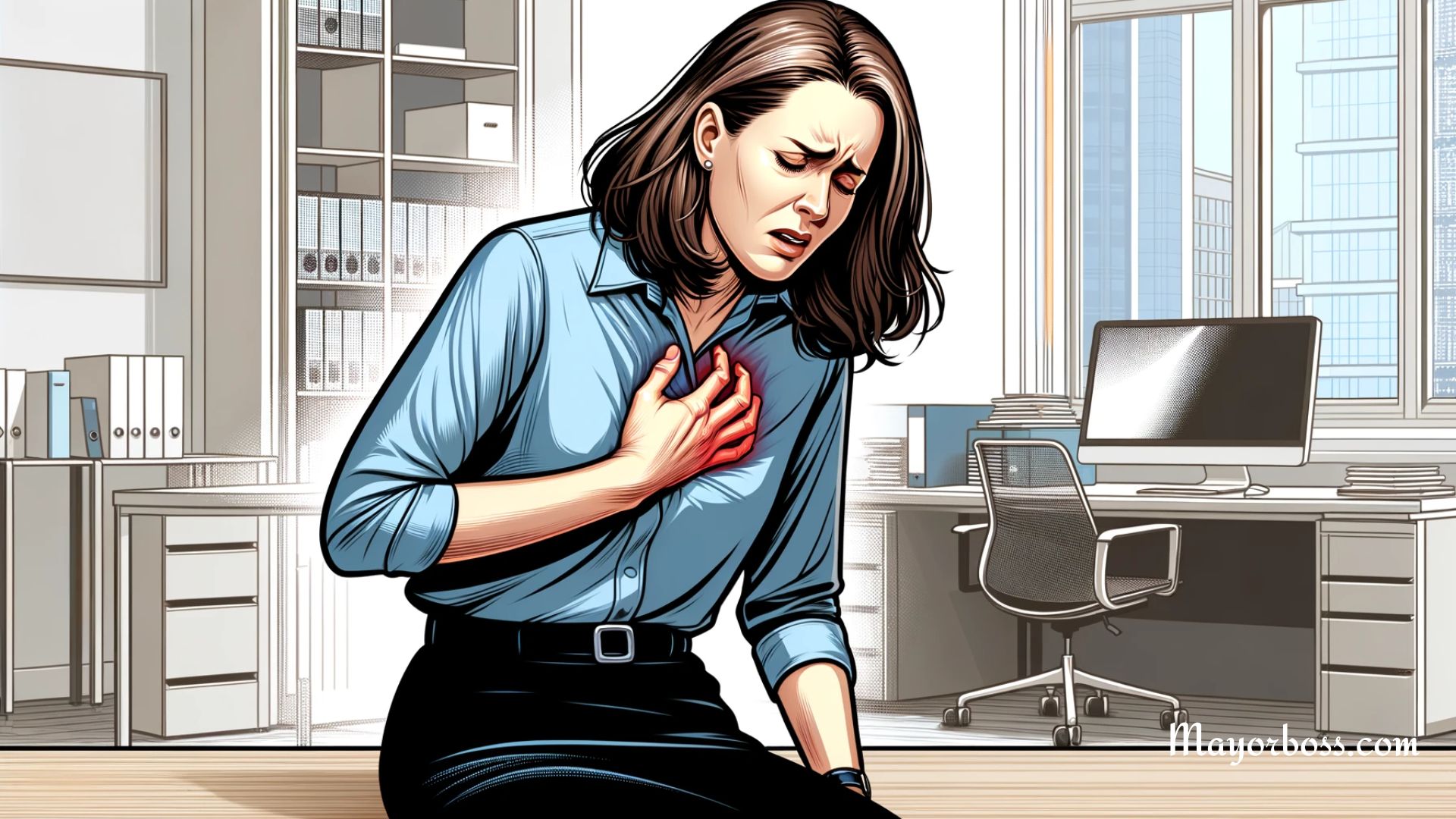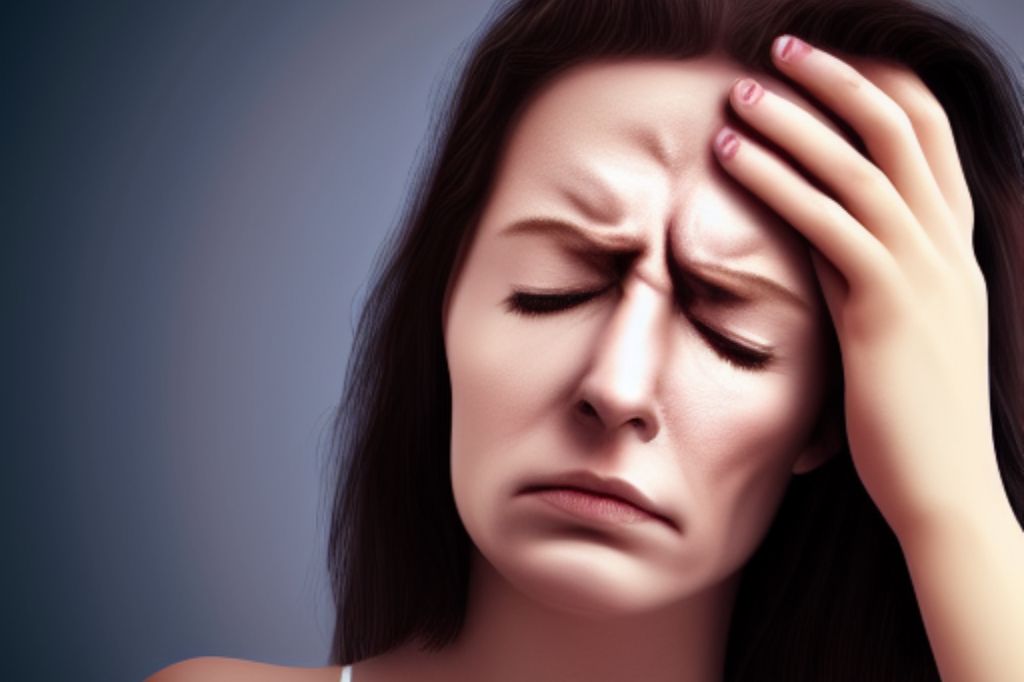What Does Bunion Pain Feel Like
- Bunion pain typically feels like a burning, throbbing, or sharp pain at the base of the big toe.
- The pain is often worse when wearing shoes that rub against the bunion or when walking for long periods of time.
- Bunions can also cause redness, swelling, and difficulty moving the affected toe.
- If you have a bunion, you should see a doctor or podiatrist to get it checked out and discuss treatment options.
What is a bunion?
A bunion is a bony lump that forms on the side of the big toe. The big toe may bend towards the other toes, causing the bunion to stick out. Bunions can be painful and make it hard to walk. They can also make it difficult to find shoes that fit comfortably.
In fact, bunions are more common in women than in men. (1)
Causes
The exact cause of bunions is unknown. However, they tend to run in families and may be caused by an inherited foot type.
Bunions also may be caused by shoes that are too tight or have high heels, which put pressure on your big toe. Arthritis also can play a role in the development of bunions. (2)
What does bunion pain feel like?
Bunion pain can vary depending on the severity of the deformity. A mild bunion might not be painful. But a severe bunion can become painful when you walk, wear shoes that rub against your foot or put pressure on your foot.
The pain might get worse over time and make it difficult to walk. You might also have corns or calluses on the big toe or second toe.
In some cases, the big toe may bend all the way back into the second toe. (3)
In short, if you have a bunion, you may experience any of the following symptoms:
- Pain or soreness around the big toe joint
- Swelling around the big toe joint and tender to the touch
- Redness or soreness around the big toe joint
- Difficulty walking or moving the big toe
- Corns or calluses on the big toe or second toe
- A feeling of constant burning pain that may come and go
Bunions can be a very painful condition. So if you are experiencing any of the above symptoms, it’s important to see a doctor.
How are bunions diagnosed?
Your doctor will likely be able to diagnose a bunion just by looking at your foot. They may also ask you about your symptoms and how the pain affects your ability to walk or wear shoes.
In some cases, X-rays may be taken to assess the severity of the deformity.
What are the treatment options for bunions?
The goal of bunion treatment is to relieve pain and pressure on the big toe joint.
This can be done with both non-surgical and surgical options.
Nonsurgical treatment options include:
- Wearing shoes that fit well and don’t rub or put pressure on the bunion
- Putting cushioning pads on the bunion to help relieve pain
- Taking over-the-counter pain relievers, such as ibuprofen or acetaminophen, to help relieve pain
- Using ice to help reduce swelling
- Wearing a night splint to hold the big toe in place while you sleep
- Soak your foot in warm water several times a day
- Massage the area around the bunion
- Undergoing physical therapy to help stretch and strengthen the muscles around the big toe joint
Surgical treatment options include:
- Removing the bony bump (exostectomy)
- Repairing the ligaments around the big toe joint ( capsulorrhaphy)
- Realigning the big toe by breaking the bone and resetting it into place (osteotomy)
- Fusing the bones in the big toe joint to straighten it (arthrodesis)
Which treatment option is right for you will depend on the severity of your bunion, your age, and your activity level. Your doctor will likely recommend non-surgical treatment options first.
If these don’t relieve your pain, surgery may be an option.
The takeaway
If you have a bunion, you might notice a bulging bump on the side of your big toe Joint. This bump forms when your big toe pushes against your next toe, causing the joint at the base of your big toe to stick outwards.
Wearing shoes that are too tight or have high heels can aggravate this condition. If you’re experiencing pain or difficulty moving your big toe, consult with a doctor to discuss treatment options.
Surgery may be recommended to relieve pain and correct deformity. With proper care, you can enjoy relief from symptoms and get back to normal activities.






